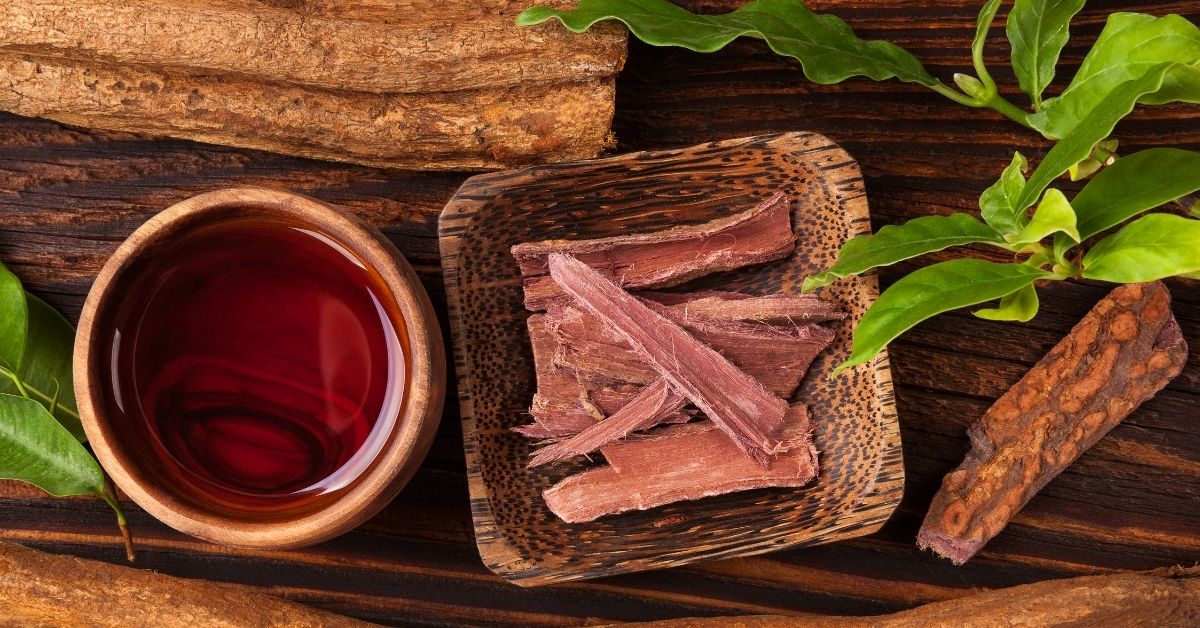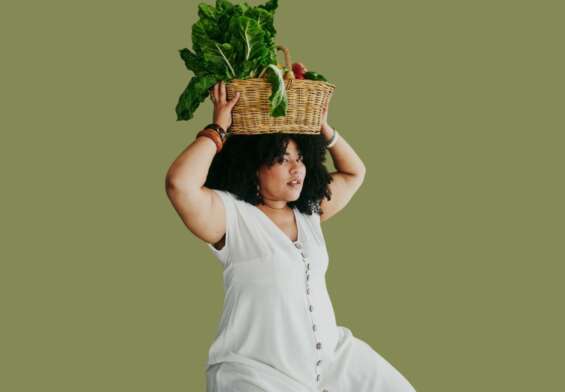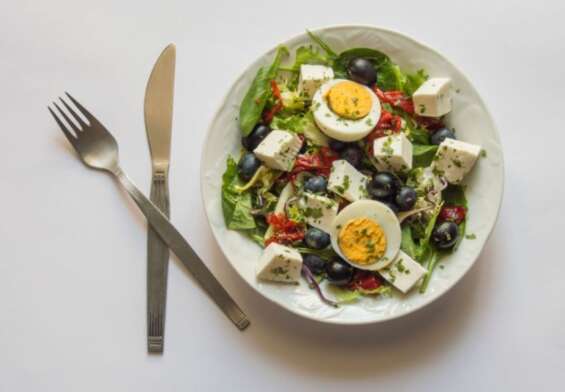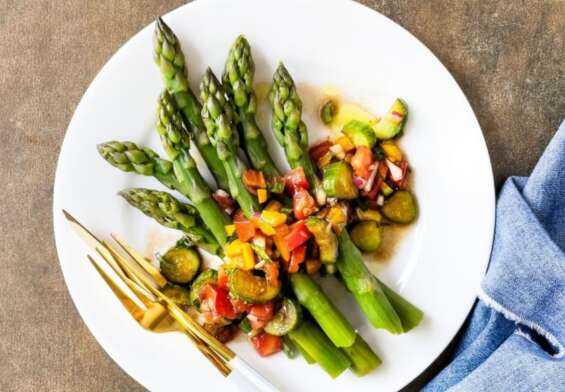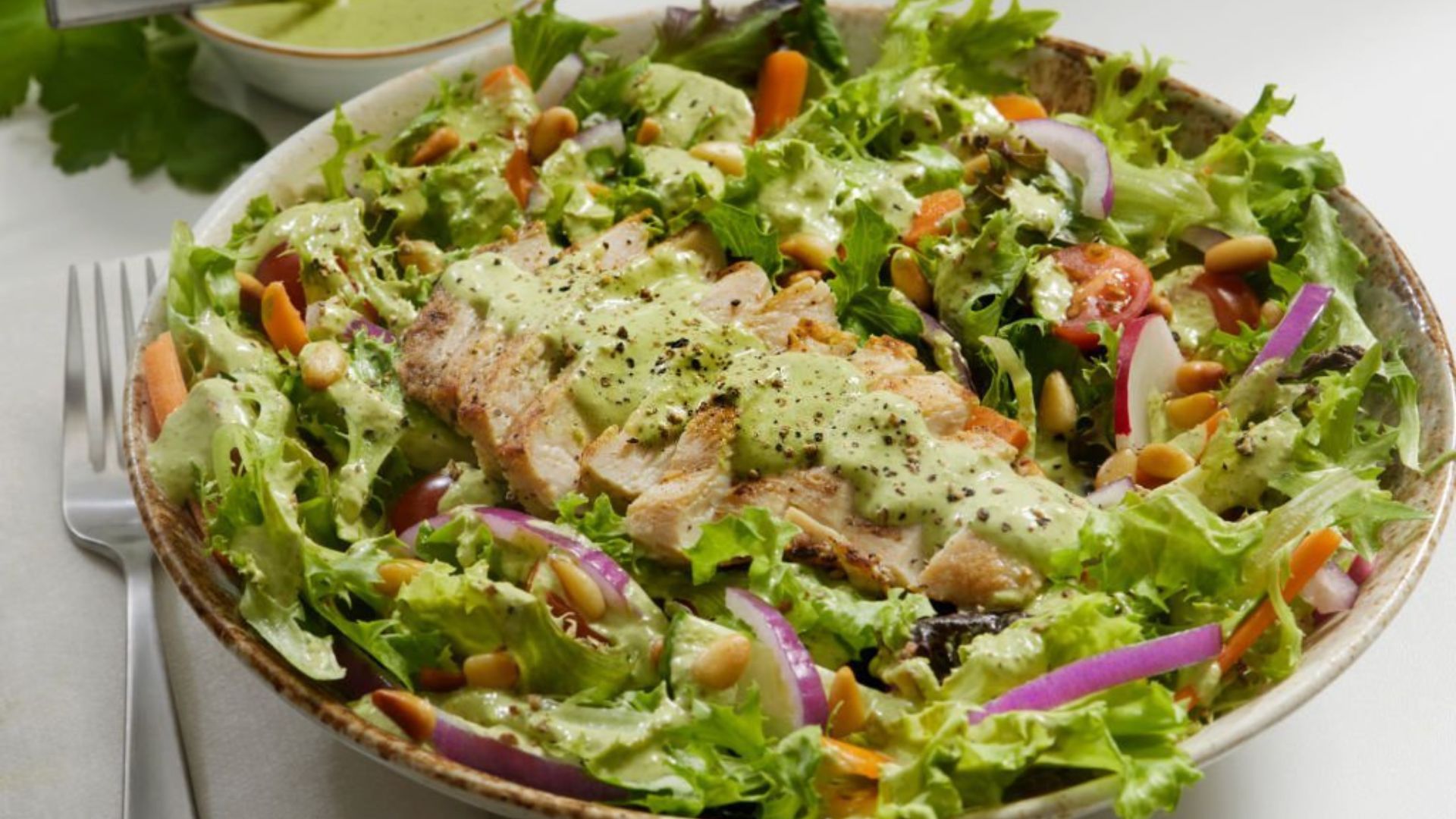
Gluten-Free Diet: Is It Really Healthier?
A gluten-free diet is a diet that excludes gluten, a protein found in wheat, barley, and rye, as well as any foods that contain these grains. It is often recommended for people with celiac disease, an autoimmune disorder caused by an immune reaction to gluten. Gluten-free diets are also becoming increasingly popular among people without celiac disease, due to their reported health benefits, such as better digestion, improved energy levels, and clearer skin. The diet is composed of naturally gluten-free foods such as fruits, vegetables, nuts, seeds, legumes, and certain grains like quinoa and rice. It can also include certain gluten-free processed foods like gluten-free bread, crackers, and pasta. A gluten-free diet is not necessarily a healthier diet, but it can be a great way to improve overall health and nutrition if done correctly.
Gluten-Free Diet: What to Know Before You Start
Are you tired of feeling tired and bloated? Have you heard about the amazing benefits of a gluten-free diet? Well, before you jump in and start eating gluten-free, there are a few things you should know.
First, a gluten-free diet is not magic. It won’t instantly make you healthy and slim. You still need to eat a balanced diet and make sure you get plenty of physical activity.
Second, going gluten-free can be expensive. Gluten-free products are often more expensive than their conventional counterparts. You might want to consider making your own gluten-free versions of your favorite foods.
Third, you should be aware of potential pitfalls. Going gluten-free can mean cutting out some important sources of nutrients, like whole grains. Make sure you’re getting enough of the vitamins and minerals you need.
Fourth, it may take time to figure out what works for you. Your body needs time to adjust to the new diet, so don’t be discouraged if you don’t see immediate results.
And finally, don’t forget to have fun! Gluten-free eating doesn’t have to be a chore. Get creative with your meals and explore a variety of recipes.
So, if you’re ready to go gluten-free, go forth and conquer! Just remember, it’s important to do your research and find a plan that works for you. Good luck!
Gluten-Free Alternatives to Common Comfort Foods
- Gluten-Free Pizza: Don’t worry, you can still satisfy your pizza cravings with a gluten-free crust! Top it off with your favorite gluten-free toppings and enjoy a delicious slice of missing-dough pizza.
- Gluten-Free Mac and Cheese: It may not be the same as the classic, but you can still enjoy a creamy, cheesy bowl of this comfort food favorite! Try a gluten-free pasta and a gluten-free cheese sauce for a delicious dinner.
- Gluten-Free Grilled Cheese: Feel free to indulge in your childhood favorite without the gluten! Swap out the traditional bread for a gluten-free alternative and get ready for a delicious sandwich.
- Gluten-Free Donuts: Start your day off with a sweet treat without the gluten! Swap out your usual donut for a gluten-free version and enjoy a tasty, guilt-free snack.
- Gluten-Free Burgers: No need to miss out on this classic summertime favorite! Make your burger gluten-free with a gluten-free bun and some delicious gluten-free toppings.
- Gluten-Free Fried Chicken: Enjoy this comfort food classic without the gluten! Try a gluten-free coating and fry up some delicious gluten-free fried chicken.
- Gluten-Free Ice Cream: Satisfy your sweet tooth without the gluten! Try a gluten-free ice cream cone or a bowl of this delicious, creamy treat.
Eating Out Gluten-Free: Tips and Tricks
Going out to eat is supposed to be a fun and social activity, but if you’re gluten-free, it can seem a bit daunting. Don’t worry, though – with a few tips and tricks, you can navigate the restaurant scene like a pro and find delicious gluten-free options that will make you the envy of your dining companions.
First, do your research. Before you go out to eat, take a look at the menu online to get a better idea of what’s available. Many restaurants offer gluten-free options, so you can plan ahead and know exactly what you can order.
Second, don’t be afraid to ask questions. Ask your server if the kitchen can accommodate your dietary needs and make modifications to the menu items. If they’re not sure, they should be able to ask the chef or manager. It also helps to be specific about what you can and can’t eat – that way, you can avoid any mix-ups or surprises.
Third, don’t be shy about asking for substitutions. Many restaurants are happy to work with diners to accommodate dietary restrictions, so don’t be afraid to ask for modifications. For example, if you can’t eat a certain sauce, you can ask for it to be left off. Or, if a dish comes with bread, you can ask for a side of veggies instead.
Finally, don’t forget to have fun! Going out to eat is supposed to be an enjoyable experience, so don’t let your dietary needs get in the way. When you know what you can and can’t eat, you can relax and enjoy your meal with some peace of mind.
Eating out gluten-free doesn’t have to be a pain. With some planning and a little bit of knowledge, you can make sure your next restaurant visit is stress-free and delicious!
Gluten-Free Diet: A Guide to Understanding Labels
Are you sick and tired of trying to decipher all of the labels on the food you buy? If so, you’re not alone! Gluten-free diets can be tricky to navigate, especially with all of the confusing terminology on food packaging. Fortunately, we’ve got your back and can help you understand all of those labels so you can make the best food choices for your gluten-free diet.
Let’s start with the basics. Gluten-free means that any food item is free from gluten, which is a type of protein found in wheat, rye, and barley. This can include processed foods like bread, cereal, and pasta, but it also includes ingredients that may be used to make these items, like starches and thickeners.
When it comes to food labels, you may see terms like “wheat-free,” “gluten-free,” “free of gluten-containing ingredients,” “no gluten,” and more. All of these terms mean the same thing: the food item is free from gluten. So, if you see any of these terms on a label, you can rest assured that the food item is safe for your gluten-free diet.
But be careful when it comes to terms like “gluten-friendly” or “may contain trace amounts of gluten.” These terms mean that the food item may contain small amounts of gluten, which may be enough to trigger a reaction in people with sensitivities or allergies. It’s best to avoid these items when following a gluten-free diet.
The last thing to keep in mind is that some terms don’t necessarily mean a food item is gluten-free. For example, “wheat-free” does not always mean “gluten-free.” The item may still contain other gluten-containing grains, so make sure to check the ingredients list to be sure.
Hopefully this guide has helped you understand food labels a bit better and make the best choices for your gluten-free diet. Now that you know the terminology, you can shop with confidence and make sure you’re getting the safest and most nutritious foods. Bon appetit!
Cooking Gluten-Free on a Budget
Cooking gluten-free on a budget doesn’t have to be daunting! In fact, it can be downright delicious – and fun! Here are a few tips to help you make the most of your grocery budget while still enjoying a variety of tasty treats.
- Take advantage of online deals. Whether you’re looking for gluten-free ingredients, pre-made meals, or snacks, there are plenty of great deals to be found online. Keep an eye out for discounts, coupons, and other promotions.
- Stock up on staples. If you know you’ll be using certain gluten-free ingredients frequently, buy them in bulk. Not only will this save you money, but it’ll also save you time (and trips to the store).
- Get creative with leftovers. Don’t let that extra rice go to waste – get creative and turn it into something new! Whether you make fried rice, risotto, or even a casserole, you’ll be able to stretch your grocery budget while still enjoying a variety of dishes.
- Make your own treats. Homemade gluten-free snacks are often cheaper (and healthier!) than store-bought options. Try making your own muffins, cookies, granola bars, and other treats.
- Tap into nature’s bounty. Fruits and vegetables are often cheaper than other gluten-free options, and they’re a great source of vitamins and minerals. Plus, they can be used in a variety of dishes.
Cooking gluten-free on a budget doesn’t have to be boring or expensive. With a little creativity and some savvy shopping, you can create delicious dishes that will keep both your stomach and your wallet happy. Bon appétit!
Gluten-Free Recipes for Every Meal
Are you a gluten-free foodie looking for some delicious meal ideas? Look no further! We’ve got some amazing recipes for you that are sure to tantalize your taste buds!
Breakfast: Start your day off with a bang with our Gluten-Free French Toast. It’s a classic breakfast dish with a twist – no gluten! All you need is 2 eggs, 2 tablespoons of almond milk, 1 tablespoon of pure maple syrup, 1/2 teaspoon of vanilla extract, and 2 slices of your favorite gluten-free bread.
Lunch: For a light and tasty lunch, you can’t go wrong with our Gluten-Free Grilled Cheese Sandwich. It’s quick and easy to make, and it’s sure to be a hit with your family. All you need is 2 pieces of gluten-free bread, 2 slices of your favorite cheese, 1 teaspoon of butter, and a skillet.
Dinner: For a hearty, flavorful dinner, try our Gluten-Free Lasagna. It’s a classic Italian dish that you can make gluten-free in no time. All you need is 1 package of gluten-free lasagna noodles, 1 jar of your favorite marinara sauce, 1 pound of ground beef, 1/2 cup of ricotta cheese, 1/2 cup of shredded mozzarella cheese, and 1/4 cup of grated Parmesan cheese.
Dessert: To top off your meal, why not try our Gluten-Free Brownies? They’re chewy, fudgy, and oh-so-delicious. All you need is 1/2 cup of butter, 1/2 cup of sugar, 1 teaspoon of vanilla extract, 2 eggs, 1/2 cup of gluten-free flour, 1/2 cup of cocoa powder, and 1/2 teaspoon of baking powder.
No matter what your diet entails, you can find a delicious, gluten-free meal that everyone can enjoy! Bon Appetit!
Gluten-Free Snacks to Have on Hand
It’s important to have snacks on hand when hunger strikes, but it can be tricky to find gluten-free snacks that are actually tasty. Not to worry – we’ve rounded up some of the best gluten-free snacks to keep in your pantry so you can get your snack on!
- Potato Chips – Who doesn’t love potato chips? Whether you’re looking for a classic bag of salted chips or a more exotic flavor, there’s a gluten-free chip for you.
- Dark Chocolate – Need a sweet treat? Reach for a bar of gluten-free dark chocolate. It’s a delicious way to satisfy your sweet tooth without breaking your gluten-free diet.
- Popcorn – Popcorn is a tasty snack that happens to be gluten-free. Grab a bag of your favorite flavor and you’re ready to munch.
- Trail Mix – Trail mix is a great snack to have on hand because it’s easy to customize. Make your own mix with your favorite gluten-free ingredients, like nuts, dried fruit, and seeds.
- Jerky – If you’re looking for a savory snack, jerky is the way to go. There are plenty of gluten-free options available so you can get your protein fix without the gluten.
- Granola Bars – Granola bars are a classic snack and there are plenty of gluten-free varieties on the market. They’re a great on-the-go snack option.
- Fruit – Fresh fruit is always a great snack choice. Fruits like apples, oranges, and bananas are all gluten-free and tasty.
There you have it – seven delicious and gluten-free snacks to have on hand. So the next time you’re in the mood for a snack, you won’t have to worry about breaking your gluten-free diet.
Gluten-Free Superfoods You Should Incorporate in Your Diet
- Quinoa: Quinoa is a gluten-free superfood that is packed with essential nutrients like fiber, protein, minerals, and vitamins. It’s low in calories and easy to prepare, so you can add it to any meal! Try it in salads, soups, or stir-fries for a tasty and healthy way to get your daily dose of nutrition.
- Chia Seeds: Chia seeds are tiny, but they’re packed with protein, dietary fiber, and omega-3 fatty acids. Sprinkle them on cereals, smoothies, and salads for an extra boost of nutrition that’s gluten-free.
- Coconut Oil: Coconut oil is a versatile superfood that can be used for cooking, baking, and skin and hair care. It has a unique flavor and contains healthy fats like lauric acid and caprylic acid.
- Avocados: Avocados are a great source of healthy fats and fiber, and they’re gluten-free. Mash them up for guacamole, slice them for salads, or just eat them plain—they’re delicious and nutritious!
- Nuts and Seeds: Nuts and seeds are a great source of protein, fiber, and healthy fats. Try adding almonds, walnuts, and pumpkin seeds to your meals for an added crunch.
- Kale: Kale is a leafy green vegetable that’s rich in vitamins, minerals, and antioxidants. It’s low in calories and super easy to prepare. Try adding it to soups, stir-fries, and smoothies for a healthy and delicious treat.
- Spirulina: Spirulina is a blue-green algae that’s packed with protein, vitamins, and minerals. It’s gluten-free and can be added to smoothies or sprinkled on salads for extra nutrition.
By incorporating these superfoods into your diet, you’ll be sure to get all the nutrition you need in a gluten-free way. It’s a fun and delicious way to get all the benefits of a healthy diet without having to worry about gluten.
Are Gluten-Free Diets Healthier?
Are gluten-free diets healthier? Well, if you ask any foodie, the answer is a resounding “Maybe!” A gluten-free diet has been gaining in popularity in recent years, and some people swear by it as a way to feel better, have more energy, and even lose weight. But just because something is popular doesn’t make it automatically healthier. So, let’s take a look at the facts.
First of all, if you don’t have celiac disease or a gluten intolerance, there’s no scientific evidence that a gluten-free diet is healthier. In fact, people who follow a gluten-free diet may be missing out on important nutrients like fiber, iron, and B vitamins that are found in whole grains like wheat and barley.
On the other hand, if you do have celiac disease or a gluten intolerance, then a gluten-free diet is essential for your health. In this case, a gluten-free diet can help reduce symptoms such as abdominal pain, bloating, and fatigue.
So, when it comes to health, the answer to the question of whether gluten-free diets are healthier is a definite “Maybe!” It all depends on your individual health needs and lifestyle. If you’re looking for a healthier diet, talk to your doctor about the best options for you.
Understanding the Benefits of a Gluten-Free Diet
Are you tired of the same old boring gluten-filled foods? If so, then a gluten-free diet might be just the thing for you! It’s not just for people with celiac disease anymore – a gluten-free lifestyle can provide numerous health benefits for anyone. Here’s a humorous look at some of the benefits of going gluten free.
- You’ll develop an impressive superpower: the ability to find hidden gluten. With practice, you’ll be able to sniff out hidden gluten in all sorts of places. From restaurant menus to food labels to ingredients lists, you’ll become an expert at spotting the sneaky little protein.
- You’ll become the master of your own food destiny. No more relying on pre-packaged and processed foods. You’ll learn to make your own delicious and nutritious meals that don’t contain any gluten. And you’ll never eat another boring sandwich again!
- You’ll never have to worry about accidentally eating gluten again. You’ll be in control of what you put in your body, and you’ll know exactly what’s in your food. No more surprise gluten bombs!
- You’ll be able to enjoy all sorts of delicious gluten-free treats. From pizza and pasta to cakes and cookies, there are so many yummy options available. You can even make your own gluten-free versions of your favorite recipes.
- You’ll be healthier overall. Research shows that a gluten-free diet can reduce inflammation and improve digestive health. Plus, you’ll be getting more of the vitamins and minerals your body needs.
So, if you’re looking for a fun and healthy lifestyle change, why not give a gluten-free diet a try? You never know what kind of delicious surprises you might find!
Overcoming Challenges of Adopting a Gluten-Free Diet
Adopting a gluten-free diet may seem like a daunting task, but with a little creativity and some light-hearted humor, it can be surprisingly easy! Here are some tips to help you navigate the transition to a gluten-free lifestyle:
- Get savvy about substitutes: Learning what to replace wheat-based products with is key. Many gluten-free alternatives, such as quinoa, buckwheat and coconut flour, are now readily available. Get creative and have some fun experimenting with new recipes!
- Don’t be afraid of the label: Learning to read food labels is an important step in maintaining a gluten-free diet. Look for the words “gluten-free” or “certified gluten-free” on labels, and avoid foods that contain wheat, barley and rye.
- Go out in style: Eating out doesn’t need to be a stressful experience. Many restaurants now offer gluten-free options, so don’t be afraid to ask for what you need. Plus, you get the added bonus of being able to choose from a wider variety of dishes!
- Be your own gluten-free guru: Don’t be afraid to educate your friends and family about your dietary choices. Explain why you are following a gluten-free diet, and give them tips on how to accommodate you when you eat together.
- Celebrate success: Making the switch to a gluten-free diet is a big accomplishment, so don’t forget to celebrate your successes! Whether it’s mastering a new recipe or trying a new restaurant, take time to recognize and reward your efforts.
Adopting a gluten-free diet doesn’t have to be a challenge. With a little bit of knowledge, creativity and humor, you can easily transition to a gluten-free lifestyle and enjoy all the benefits it has to offer.
Conclusion
A gluten-free diet is an important dietary choice for people with celiac disease, gluten intolerance, wheat allergies, and other medical conditions that could be adversely affected by gluten. It can also be a healthy choice for those without medical issues since it can lead to improved energy levels, weight loss, and digestive health. Eating a gluten-free diet requires a lot of label reading, meal planning, and lifestyle changes, so it is important to consult a healthcare professional before making the switch.




